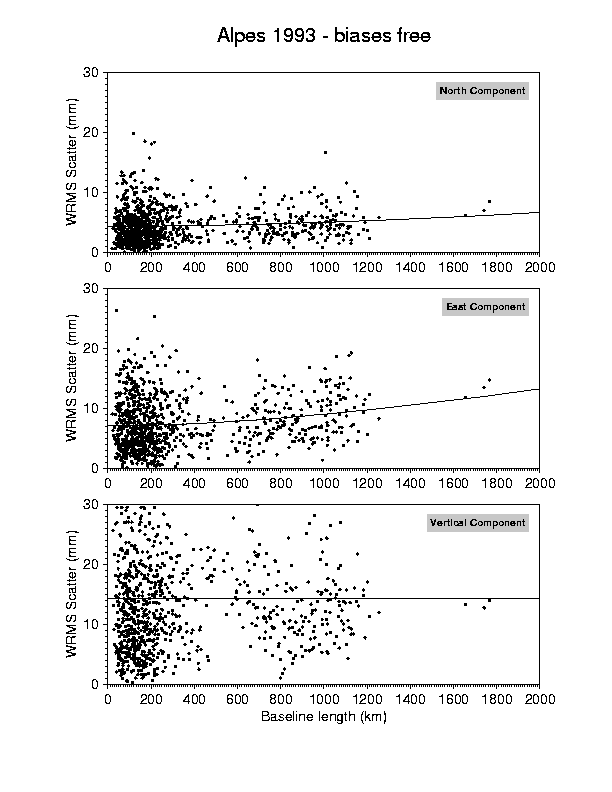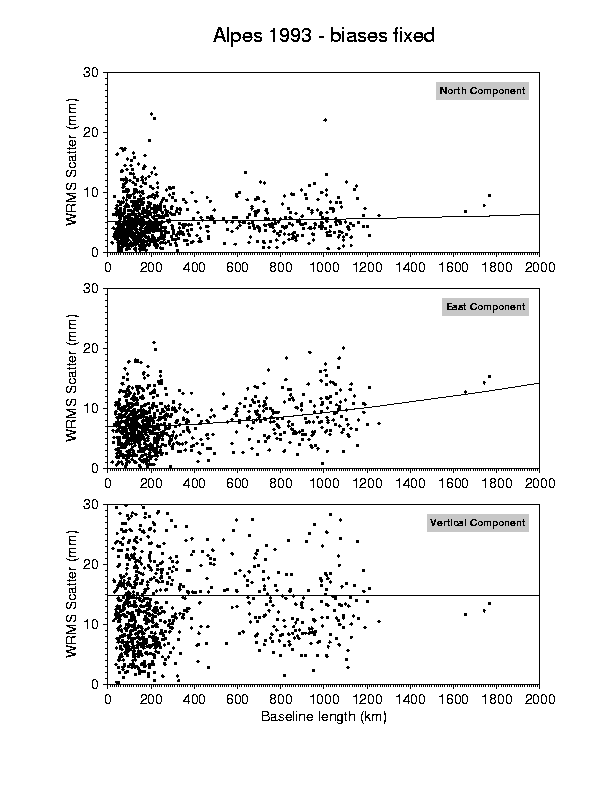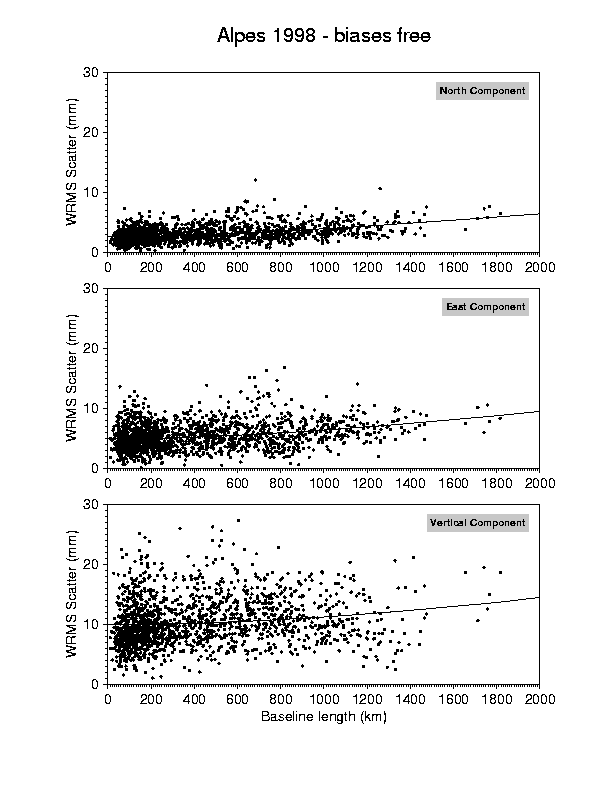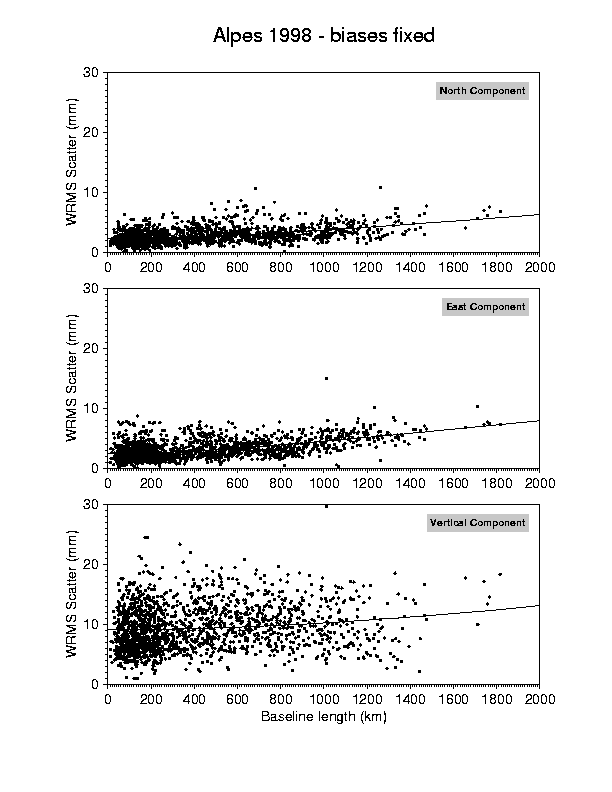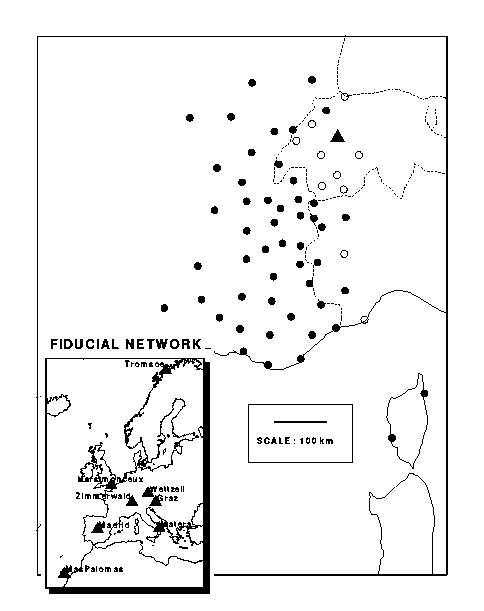

| No | COUNTRY | CODE | LATITUDE (DMS) | LONGITUDE (DMS) | ALTITUDE(M) | COMPLETE NAME |
| 1 | Fr | ARC0 | 47 2 44.7 | 6 22 24.3 | 855.8 | ARC-SOUS-CICON |
| 2 | Fr | AUF0 | 45 59 36.3 | 6 29 15.6 | 1660.4 | AUFFERAND |
| 3 | Fr | AUS0 | 45 13 23.3 | 6 44 29.6 | 1549.5 | AUSSOIS |
| 4 | Fr | BAU0 | 43 9 48.4 | 5 53 24.8 | 596.3 | BAOU DE QUATRE AURES |
| 5 | Fr | BSB0 | 42 1 27.1 | 8 43 57.4 | 515.6 | BOCCA SAN BASTIANO |
| 6 | Fr | CAU0 | 43 45 16.6 | 6 55 14.6 | 1318.2 | CAUSSOLS |
| 7 | Fr | CBR0 | 44 8 17.1 | 4 17 11.8 | 572.6 | COL DU BOURRICOT |
| 8 | Fr | CDM0 | 45 31 22.1 | 6 3 53.8 | 1097.6 | COL DU MONT |
| 9 | Sw | *CET | 46 48 | 6 30 | 1222. | COL DES ETROITS |
| 10 | Fr | CEY0 | 46 12 18.6 | 5 20 31.4 | 580.7 | CEYZERIAT |
| 11 | Fr | CFE0 | 45 13 31.6 | 6 12 25.6 | 2098.3 | COL DE LA CROIX DE FER |
| 12 | Fr | CHA0 | 43 59 18.2 | 6 19 38.4 | 966.4 | CHAUDON |
| 13 | Fr | CHP0 | 44 44 4.1 | 6 34 12.2 | 1184.1 | CHAMPCELLA |
| 14 | Sw | *CHS | 47 09 | 7 04 | 1649. | CHASSERAL |
| 15 | Fr | CLB0 | 44 12 12.8 | 7 9 12.9 | 2468.5 | COL DE LA LOMBARDE |
| 16 | Fr | CPA0 | 44 6 14.2 | 3 39 26.9 | 908.0 | COL DU PAS |
| 17 | Fr | CRM0 | 45 45 35.7 | 5 28 11.1 | 274.3 | CREYS-MALVILLE |
| 18 | Fr | CSP0 | 43 47 34.0 | 7 24 1.5 | 730.3 | COL DE SAINT PANCRACE |
| 19 | Fr | CTA0 | 44 41 3.8 | 5 54 40.4 | 1730.1 | COLLET DU TAT |
| 20 | Fr | CUE0 | 45 52 52.3 | 5 45 27.5 | 1483.1 | CUERME |
| 21 | Fr | CXP0 | 46 57 55.6 | 5 53 10.7 | 837.8 | CROIX DE POUPET |
| 22 | Fr | DTG0 | 45 47 40.0 | 6 6 31.1 | 1641.8 | DENT DU GONVY |
| 23 | Sw | FAH0 | 47 24 35.0 | 6 56 55.1 | 633.6 | FAHY |
| 24 | Fr | FIX0 | 47 14 34.1 | 4 57 18.6 | 487.0 | FIXIN |
| 25 | Fr | FUR0 | 44 53 32.4 | 5 19 21.7 | 1554.7 | FONT D'URLE |
| 26 | Sw | GIV0 | 46 27 14.7 | 6 6 7.4 | 1257.9 | COL DE LA GIVRINE |
| 27 | Fr | GMN0 | 43 58 33.3 | 4 45 59.0 | 240.2 | LE GRAND MONTAGNE |
| 28 | Fr | GRC0 | 46 26 57.9 | 4 42 52.7 | 557.2 | LA GRANDE ROCHE |
| 29 | It | *IMP | 43 52 | 8 02 | 75. | IMPERIA |
| 30 | Sw | *JEI | 46 18 | 7 36 | 1584. | JEIZINEN |
| 31 | It | LAU0 | 44 53 3.5 | 7 7 18.8 | 2331.7 | PUNTA LAUZARO |
| 32 | Fr | LCH0 | 44 32 12.0 | 6 47 4.0 | 1695.3 | LE CHATELET |
| 33 | Fr | LUB0 | 43 48 13.3 | 5 8 59.1 | 699.2 | PETIT LUBERON |
| 34 | Sw | MAR1 | 46 6 17.2 | 7 4 7.5 | 593.4 | MARTIGNY |
| 35 | Fr | MAZ0 | 42 38 48.0 | 9 18 6.3 | 235.2 | MONTE A MAZZOLA |
| 36 | It | *MIL | 45 17 | 9 08 | 120. | POLITECNICO MILANO |
| 37 | Fr | MPA0 | 43 13 10.1 | 6 36 3.8 | 368.0 | MOULIN PAILLAS |
| 38 | Fr | MTC0 | 45 6 00.0 | 5 46 2.8 | 781.5 | MONTCHABOUD |
| 39 | Fr | NCH0 | 47 47 40.8 | 5 22 3.0 | 501.3 | NOIDANT-CHATENOY |
| 40 | It | NIV0 | 45 28 44.4 | 7 8 34.4 | 2680.7 | COL DU NIVOLET |
| 41 | Fr | PEC0 | 44 14 53.7 | 6 3 6.0 | 1274.0 | PAS DE L'ECHELLE |
| 42 | Fr | PLJ0 | 46 11 52.7 | 6 27 56.0 | 1314.7 | PLAINE JOUX |
| 43 | It | PRN0 | 44 15 3.3 | 7 47 19.5 | 1693.9 | PRATO NEVOSO |
| 44 | It | PSB0 | 45 39 11.5 | 6 51 57.1 | 2430.3 | PETIT SAINT BERNARD |
| 45 | Fr | PUB0 | 46 38 46.6 | 5 38 36.6 | 567.4 | PUBLY |
| 46 | Fr | RPA0 | 44 45 51.1 | 4 24 40.8 | 1131.5 | ROCHER DE LA PAILLERE |
| 47 | Fr | RPE0 | 47 18 50.9 | 4 0 26.9 | 597.3 | ROCHER DE LA PEROUSE |
| 48 | Fr | RSL0 | 45 41 29.7 | 6 37 41.8 | 1693.4 | ROSELEND |
| 49 | Fr | RVE0 | 43 22 30.3 | 5 17 23.8 | 325.5 | LE ROVE |
| 50 | Fr | SAR0 | 45 52 37.4 | 4 32 19.0 | 382.0 | SARCEY |
| 51 | It | SGG0 | 45 39 30.3 | 7 59 30.8 | 1095.4 | SANTUARIO SAN GIOVANNI GALLERIA |
| 52 | Fr | SJU0 | 43 41 35.5 | 5 54 16.8 | 616.0 | SAINT JULIEN LA MONTAGNE |
| 53 | Fr | TCH0 | 47 54 57.9 | 6 49 38.1 | 1046.1 | TETE DES CHAMPS |
| 54 | Sw | *TRE | 46 36 | 7 04 | 804. | LA TOUR-DE-TREME |
| 55 | It | *TUR | 45 03 45.1 | 7 39 41.8 | 326.8 | POLITECNICO TORINO |
| 56 | Fr | VER0 | 44 18 7.6 | 5 20 33.6 | 681.2 | VERCOIRAN |
| 57 | Fr | VIR0 | 45 17 9.1 | 5 12 3.3 | 601.2 | VIRIVILLE |
| 58 | Sw | ZIMM | 46 52 37.5 | 7 27 55.1 | 956.0 | ZIMMERWALD |

